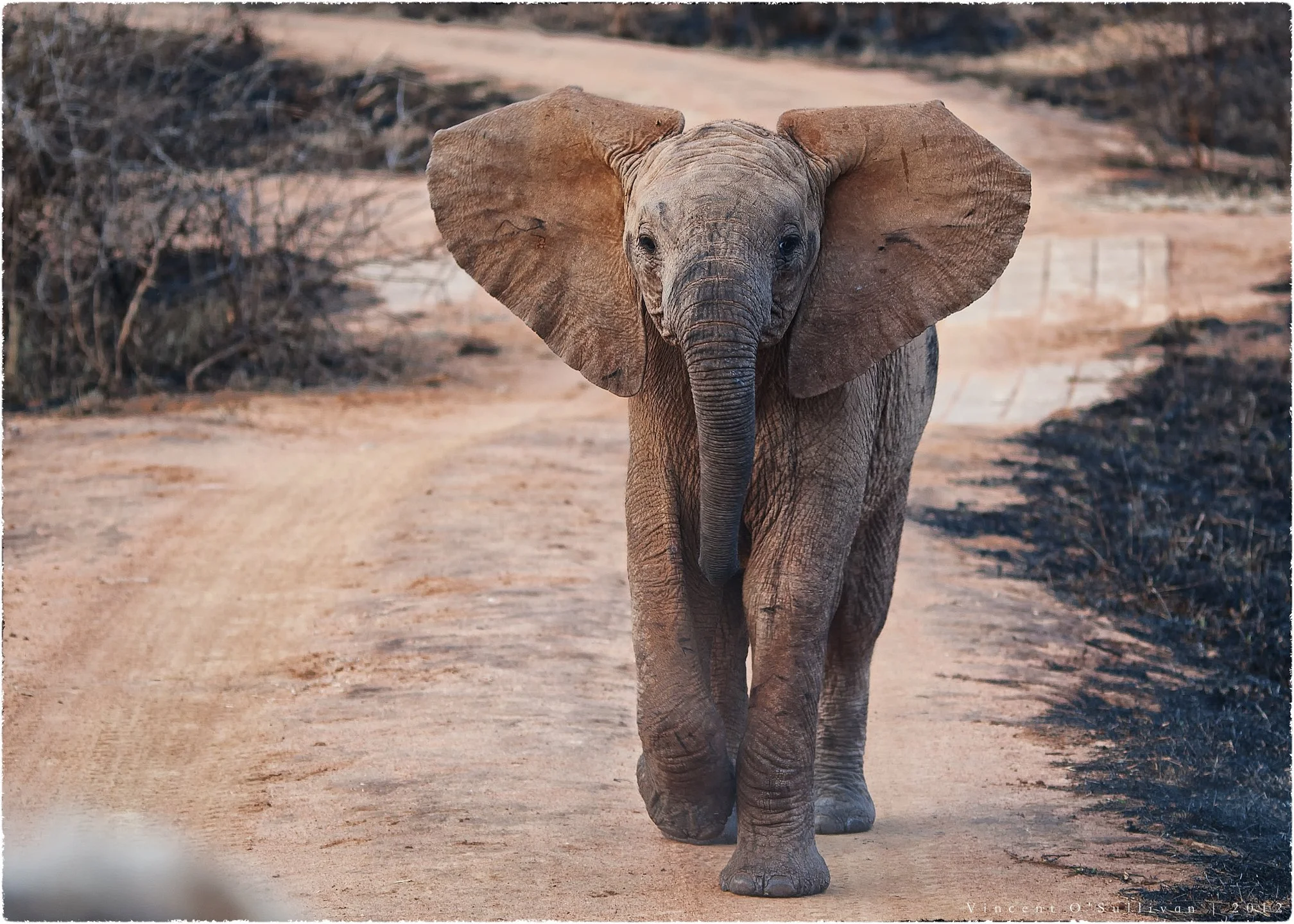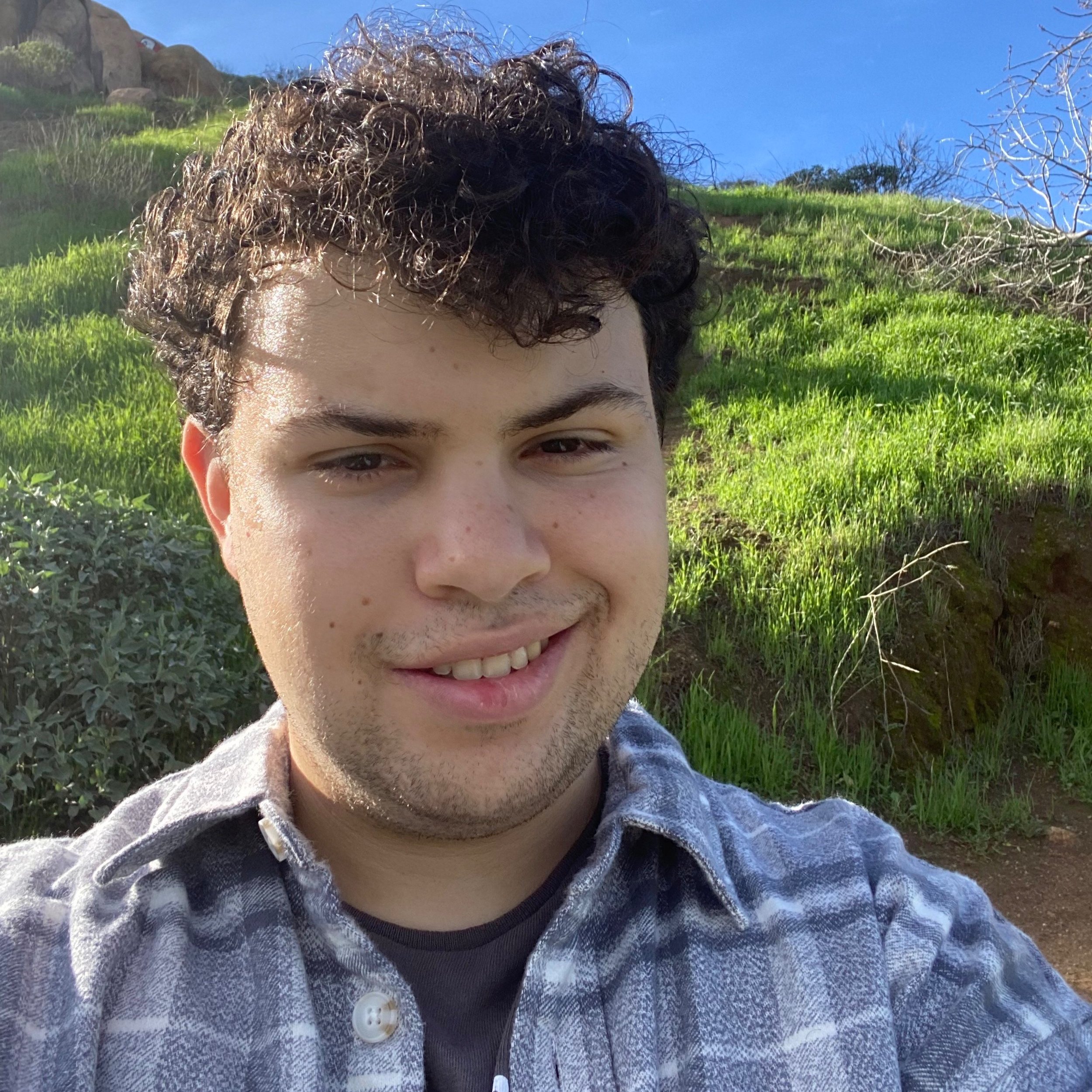The causes and consequences of the illegal wildlife trade.
Elephant Calf - Madikwe, South Africa, Vince O'Sullivan, CC BY-NC 2.0.
In 2019, a man and his four companions entered South Africa’s Kruger National Park, dead set on killing a rhino. They botched the job- the man was trampled by an elephant and killed. His four companions fled the scene. Later, the man’s body was found eaten by lions. For many, this was a story of nature’s revenge on an aggressor. Some even took to social media to celebrate his death, claiming that “It’s a shame all five didn’t die.”
But the digital peanut gallery likely did not know that this man was from South Africa’s Eastern Cape, the country’s poorest region where the average annual income per year is less than $3,700. And, they probably didn’t know that even if he and his companions had successfully killed the rhino, taken its horn, and bolted, they would have remained in poverty, having sold the horn for a tiny fraction of its value on the international market. From there, the horn would go through multiple stages of middlemen to hide its origin and be shipped to a foreign nation, likely Vietnam or China. There, poaching kingpins such as Vietnam’s Nguyen Mau Chien would receive the horn and sell it to consumers for a huge profit.
Unwrapped Rhino Horn, cropped, ukhomeoffice, CC BY 2.0
This story is not unique. The United Nations estimates the poaching market to be worth a minimum of $7 billion per annum. The poaching kingpins who lead these operations are akin to drug lords. With few moral qualms, they are making millions, exploiting those working lower on the food chain and putting the environment in danger, all while taking very few risks themselves.
Over the past few years, dozens of species have gone extinct largely due to poaching, with hundreds more being driven to the brink of extinction. They range from smaller, lesser known species to large, iconic megafauna such as the Western Black Rhinoceros, a subspecies that went extinct in 2011.
Black Rhino, corrieb, CC BY 2.0
The impact of these extinctions goes far beyond the animals themselves. The world exists as a closely connected ecosystem. When one species becomes endangered, it affects every other species in that ecosystem. One clear example of this is the North American Gray Wolf. The wolf’s regional near-extinction caused a surge in the elk population in Yellow Stone, which nearly ate the aspen tree into extinction.
Poaching also is detrimental to countries, like South Africa, that heavily rely on animal-based tourism. When iconic animals become extinct and ecosystems are damaged, ecotourism becomes much less successful. Even worse, poaching is incredibly dangerous to those working in conservation. Each year, across Africa, 600 rangers' lives are lost in the line of duty.
Ranger and rhinos, Kruger National Park, South Africa, anoukpilon, CC BY-SA 2.0.
In addition, poaching poses a huge risk to the world at large. COVID-19, Ebola, and SARs all started in animals. In fact, 60% of all infectious diseases are thought to have begun in non-human animals. Whether through the murder of animals directly or the transfer and consumption of illegal animal products, poaching puts thousands of hands and bodies in contact with wildlife, and therefore at risk.
TO GET INVOLVED
The International Anti-Poaching Federation (IAPF), founded in 2009, aims to hire 2,000 women by 2030 to work in anti-poaching units in their local communities, as part of the all-female Akashinga Project. The IAPF has managed to reduce poaching by over 80% in the 8.5 million acres it manages, making them one of the most successful anti-poaching organizations in the world. If you want to help stop the poaching epidemic, you can donate to the IAPF here.
The David Sheldrick Wildlife Fund has been Operating in Kenya since 1977. Over the past 45 years, they have become one of the best Elephant rehabilitation organizations in the world, raising over 300 orphan elephants. Beyond this, the Fund has 23 anti-poaching teams working with the Kenya Wildlife Service, employing both Aerial and Canine Units. If you want to support them, you can donate here.
Jeremy Giles
Jeremy is a Writing Seminars and International Studies major at Johns Hopkins University. He is an avid writer and the Co-Founder of Writers’ Warehouse, Johns Hopkins’ first creative writing group. He is an advocate for Indigenous rights, and studies how Indigenous philosophies can be used to help prevent climate change. Using his writing, he hopes to bring attention to underrepresented voices in today’s world.





